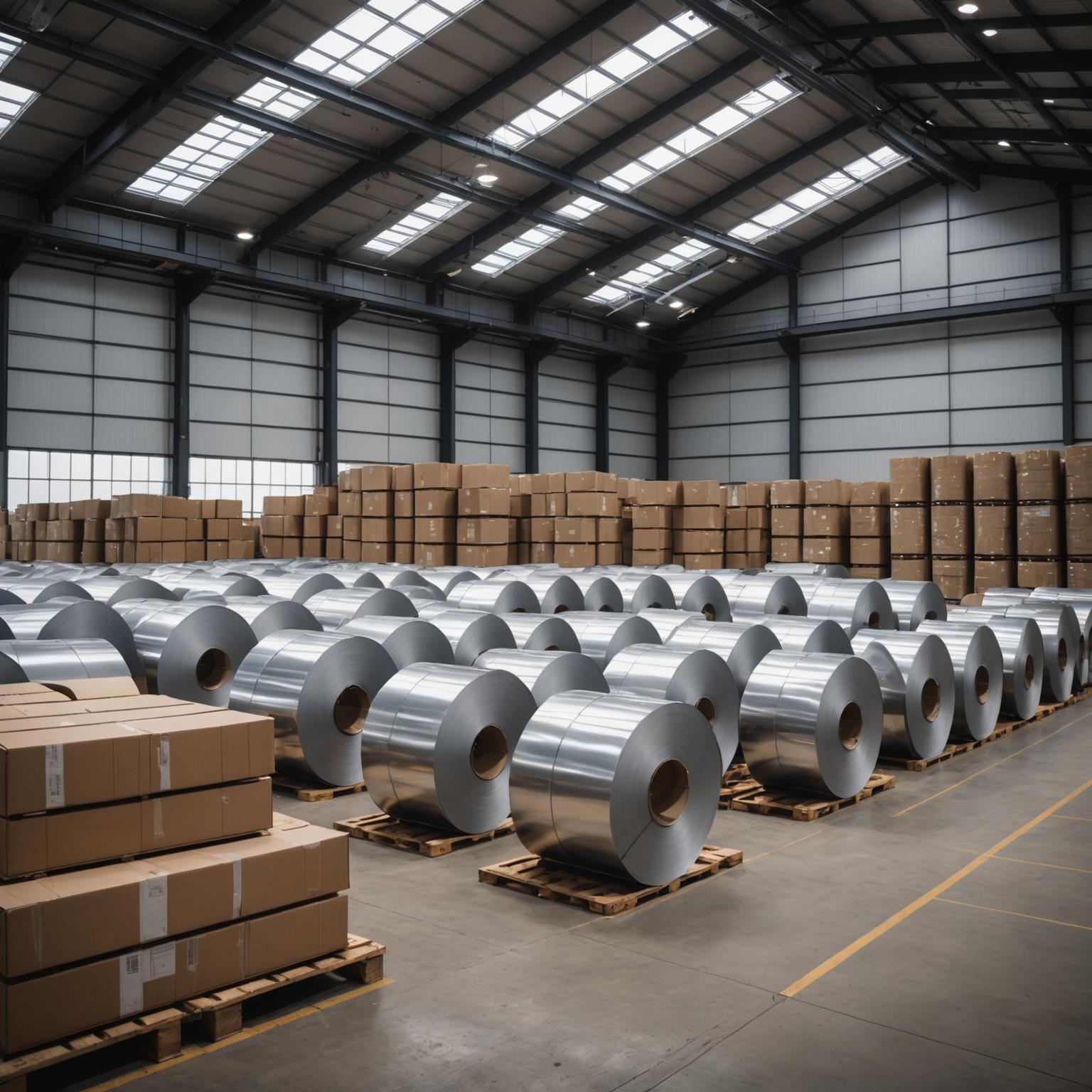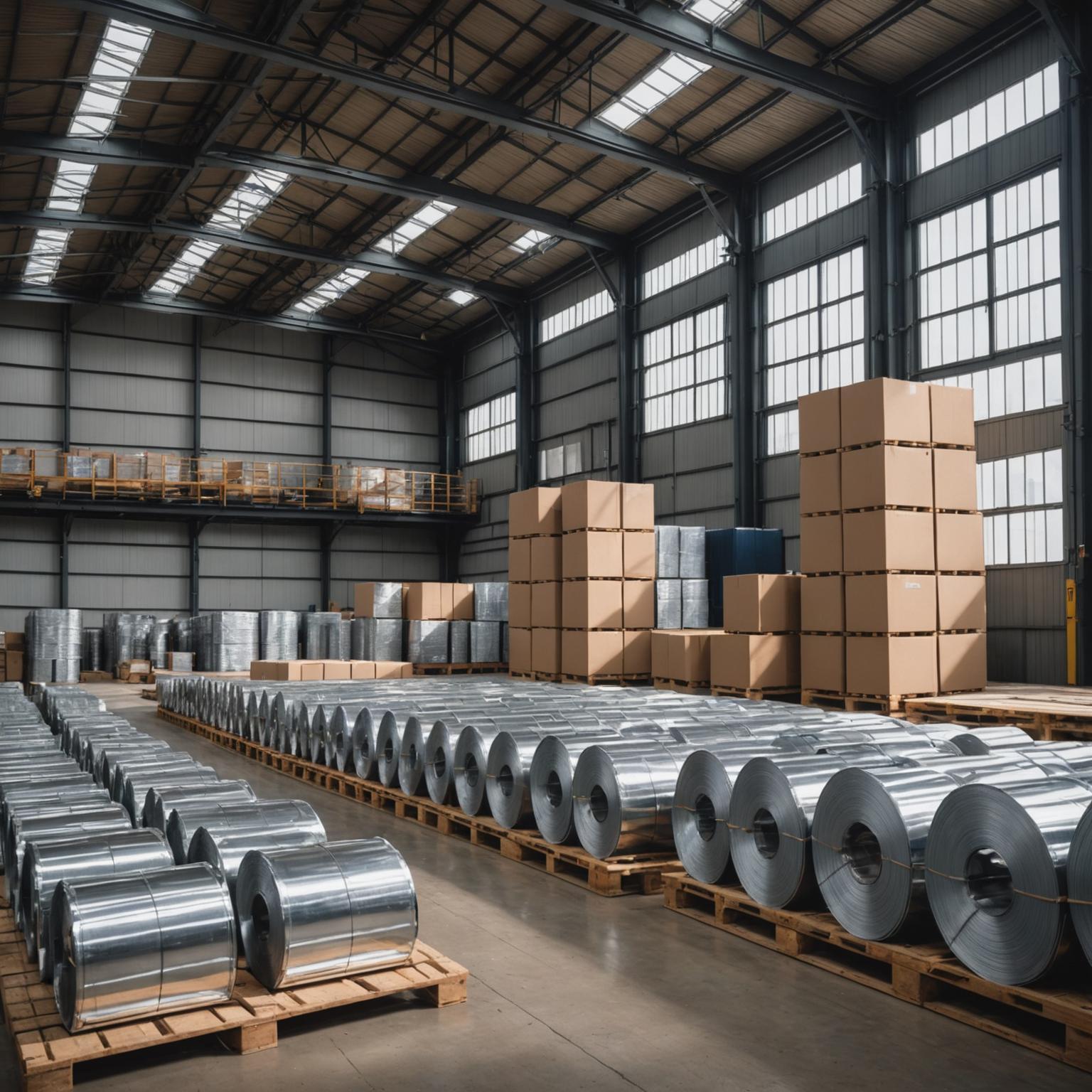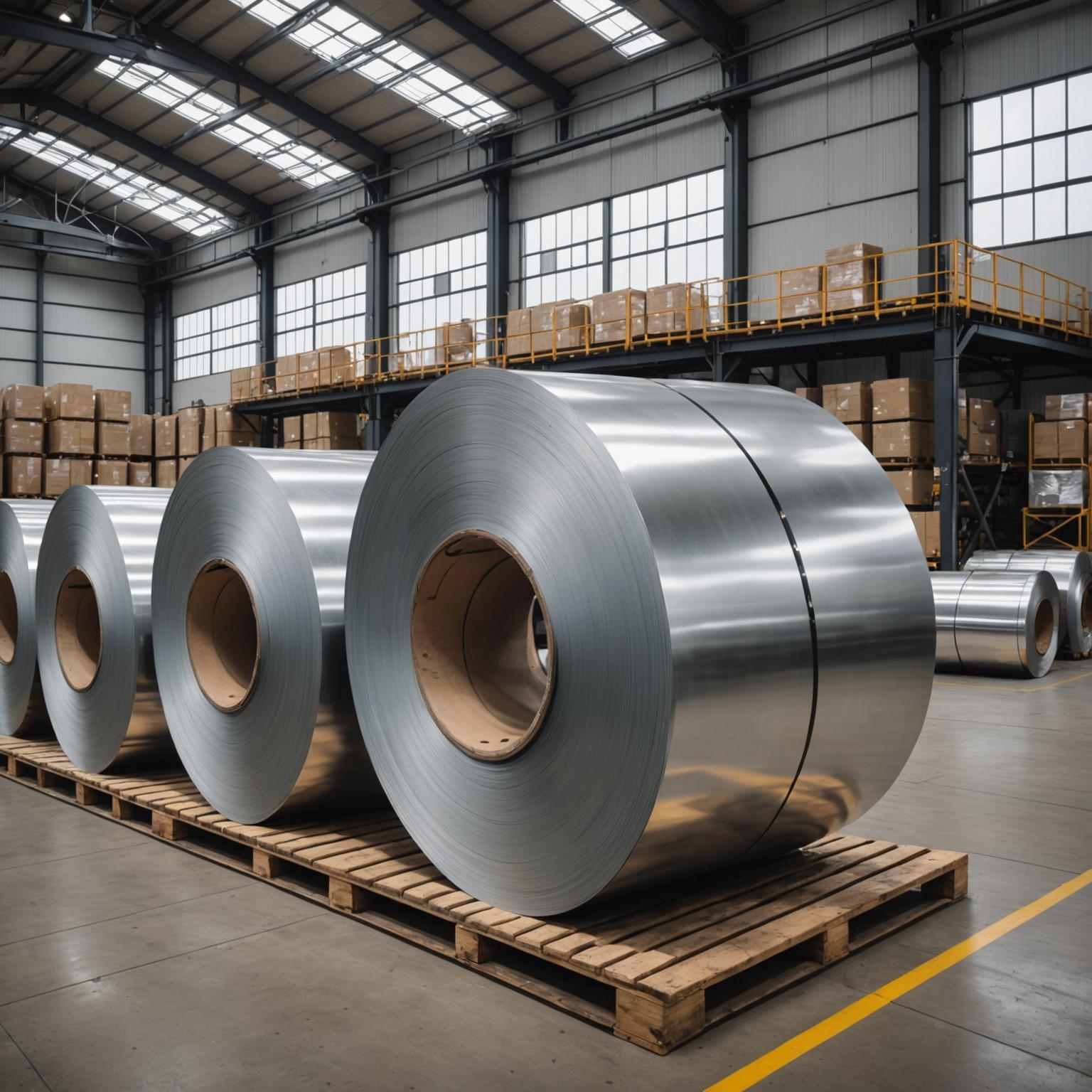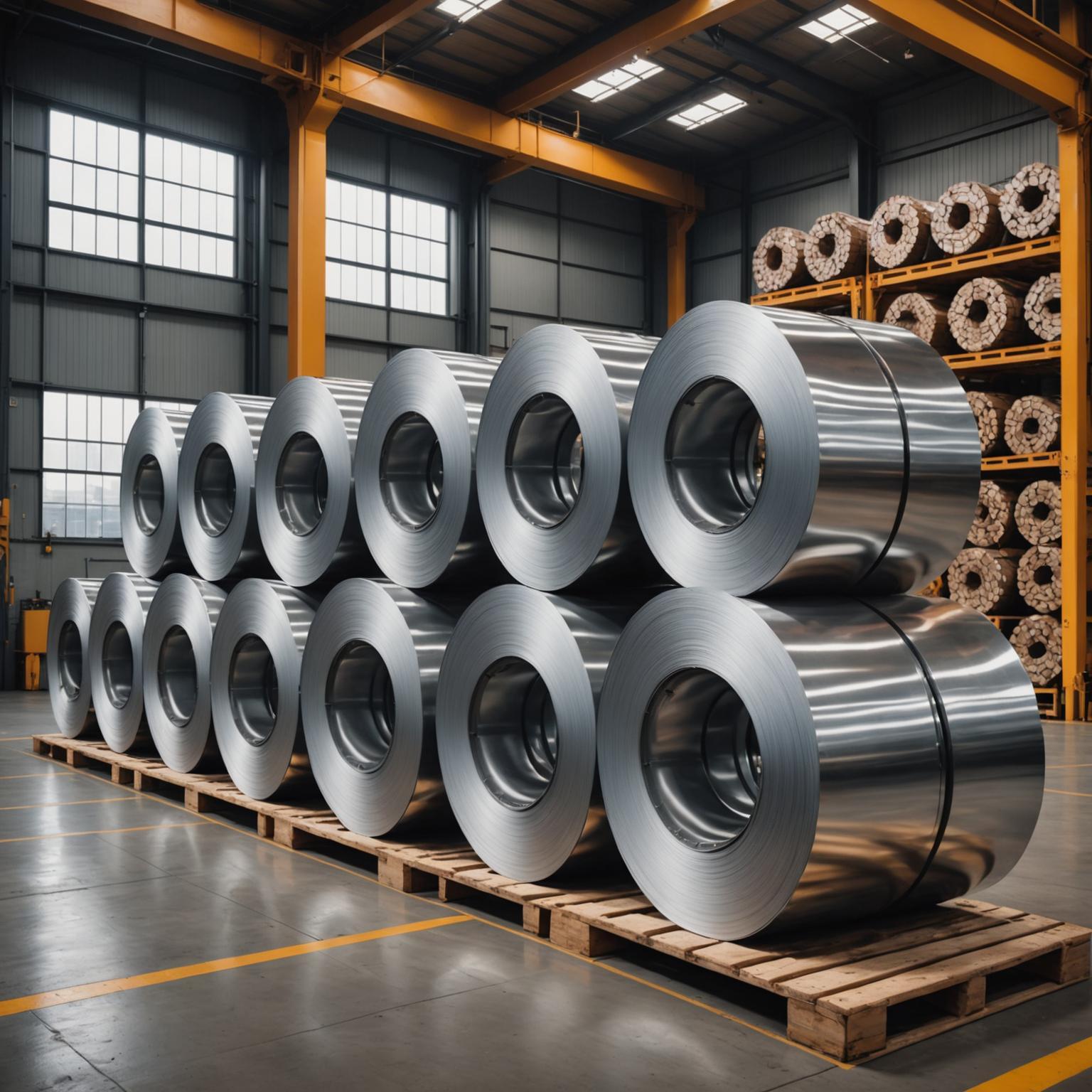When embarking on a new construction, industrial, or even a creative project, the choice of materials is a foundational decision that impacts longevity, durability, and overall success. Among the most versatile and reliable materials available are stainless steel pipes. However, not all stainless steel is created equal. The debate over 304 vs 316 Stainless Steel pipe is a common one, and understanding the distinct differences between these two popular grades is crucial for ensuring you select the right material for your specific needs. This guide will walk you through the properties, applications, and key considerations to help you determine which is better for your project.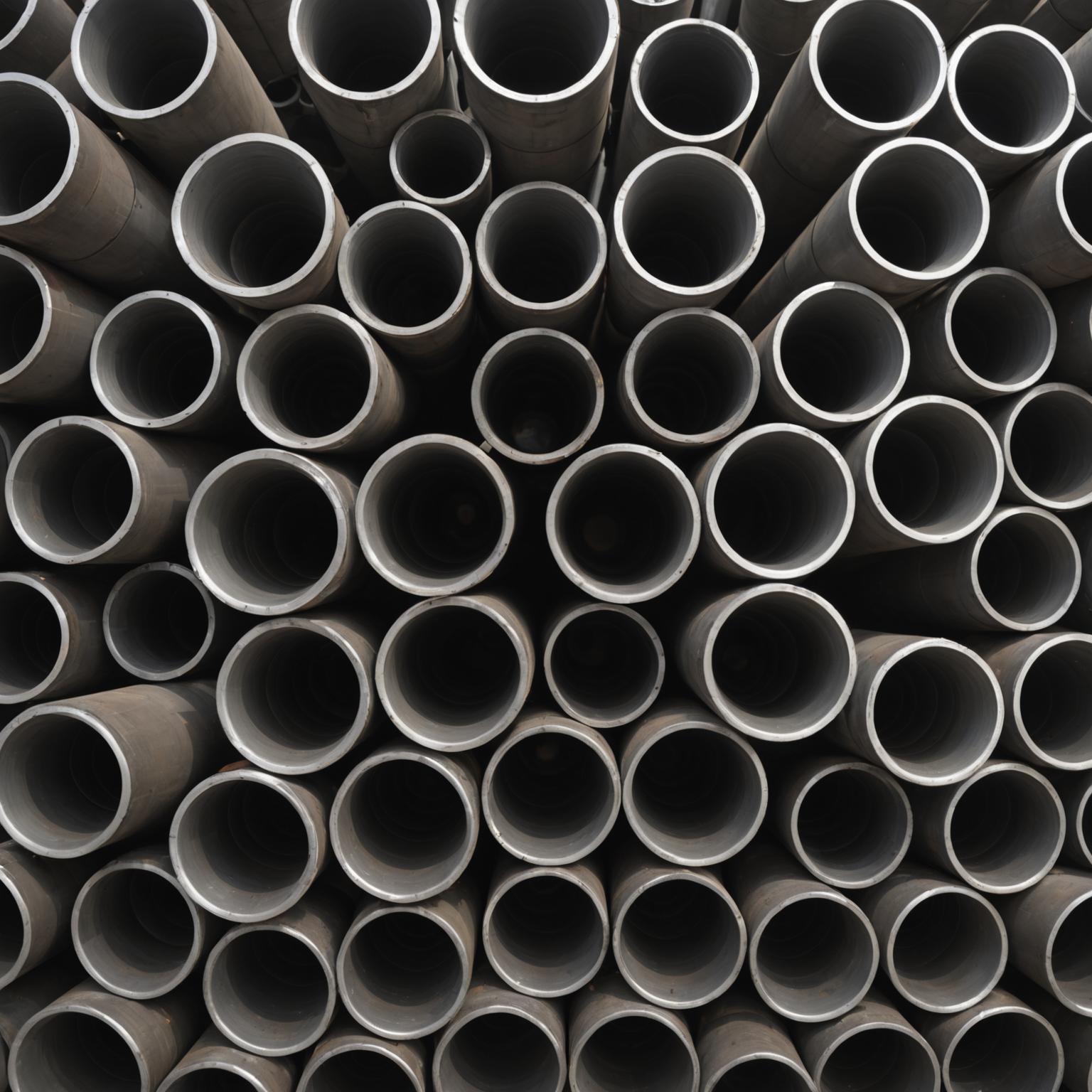
What Are Stainless Steel Grades?
Before diving into a direct comparison, it's helpful to understand what stainless steel is. Stainless steel is an iron alloy containing a minimum of 10.5% chromium. The chromium is the magic ingredient; it creates a passive, self-repairing layer of chromium oxide on the surface of the steel. This invisible film protects the metal from corrosion and staining, giving it its “stainless” quality. Different grades of stainless steel are created by adding other elements, such as nickel, manganese, and molybdenum, to enhance specific properties like formability, strength, and, most importantly, corrosion resistance.
A Closer Look at 304 Stainless Steel
Grade 304 is the most widely used stainless steel in the world, often referred to as 18/8 stainless steel due to its typical composition of 18% chromium and 8% nickel. This composition gives 304 stainless steel its excellent combination of strength, corrosion resistance in non-saline environments, and exceptional formability. It's highly versatile and can be easily welded and shaped, making it a go-to choice for a vast array of applications. You will commonly find 304 stainless steel pipes used in food and beverage processing, kitchen equipment, architectural features like handrails and paneling, and for general-purpose fluid and gas transport in environments free from high chloride concentrations.
Understanding Grade 316 Stainless Steel
Grade 316 stainless steel is the second most common grade, and it represents a significant step up in terms of corrosion resistance. Its chemical makeup is similar to 304, but with one critical addition: molybdenum, typically at a concentration of 2% to 3%. This addition of molybdenum drastically enhances its ability to resist corrosion, particularly against chlorides and other harsh industrial chemicals. This makes 316 stainless steel the superior choice for applications in aggressive environments. Its resistance to pitting and crevice corrosion is notably better than 304, which is why it's often referred to as “marine-grade” stainless steel. Common uses for 316 stainless steel pipes include marine hardware, chemical processing and storage, pharmaceutical equipment, medical implants, and outdoor structures in coastal areas.
Key Differences: Corrosion Resistance and Cost
The primary distinction in the 304 vs 316 Stainless Steel pipe discussion is corrosion resistance. While 304 offers good resistance to oxidation and common corrosive agents found in everyday life, it is vulnerable to chloride solutions. Exposure to saltwater, de-icing salts, or even certain industrial chemicals can cause pitting corrosion—small, localized cavities that can compromise the structural integrity of the pipe over time. This is where 316 shines. The molybdenum content provides robust protection against chloride ions, making it the essential choice for any application near the coast or involving saline solutions. When considering which is better for your project, the environment is the number one factor. The second major difference is cost. Due to the addition of molybdenum and often a slightly higher nickel content, 316 stainless steel is more expensive than 304. This price difference can be significant, especially for large-scale projects. However, it's crucial to view this as an investment. Opting for the cheaper 304 in an unsuitable environment can lead to premature failure, costly repairs, and replacement, ultimately making the initial savings irrelevant.
Which is Better for Your Project? A Decision Guide
Making the right choice requires a careful evaluation of your project’s specific demands, environment, and budget. Here’s a simple guide to help you decide.
Choose 304 Stainless Steel Pipe if:
Your project is located indoors or in a mild, non-coastal atmospheric environment.
The pipe will not be exposed to saltwater, de-icing salts, or other chloride-rich substances.
Budget is a primary constraint, and the application does not demand superior corrosion resistance.
Typical applications include indoor architectural trim, kitchen fixtures, brewery or dairy processing equipment, and general plumbing in a standard residential or commercial building.
Choose 316 Stainless Steel Pipe if:
The project is in a coastal or marine environment where it will be exposed to salt spray or direct contact with saltwater.
The pipe will transport corrosive chemicals or fluids containing chlorides.
The application demands the highest level of purity and resistance to contamination, such as in pharmaceutical or medical device manufacturing.
Long-term durability and minimizing future maintenance in a harsh environment are more critical than the initial upfront cost. This includes outdoor railings, boat fittings, chemical plant piping, and infrastructure in areas that use de-icing salts.
Final Considerations for Your Project
Ultimately, the contest of 304 vs 316 Stainless Steel pipe doesn't have a single winner; it has the right choice for a specific job. Both are excellent, high-performance materials that offer strength, a clean aesthetic, and durability when used appropriately. The key is to perform a thorough assessment of the service environment. Over-engineering by using 316 where 304 would suffice results in unnecessary expense. More critically, under-engineering by using 304 in a corrosive environment is a recipe for failure. By understanding the fundamental difference—the superior chloride resistance of 316 due to molybdenum—you can make an informed decision that ensures your project is safe, functional, and built to last.



